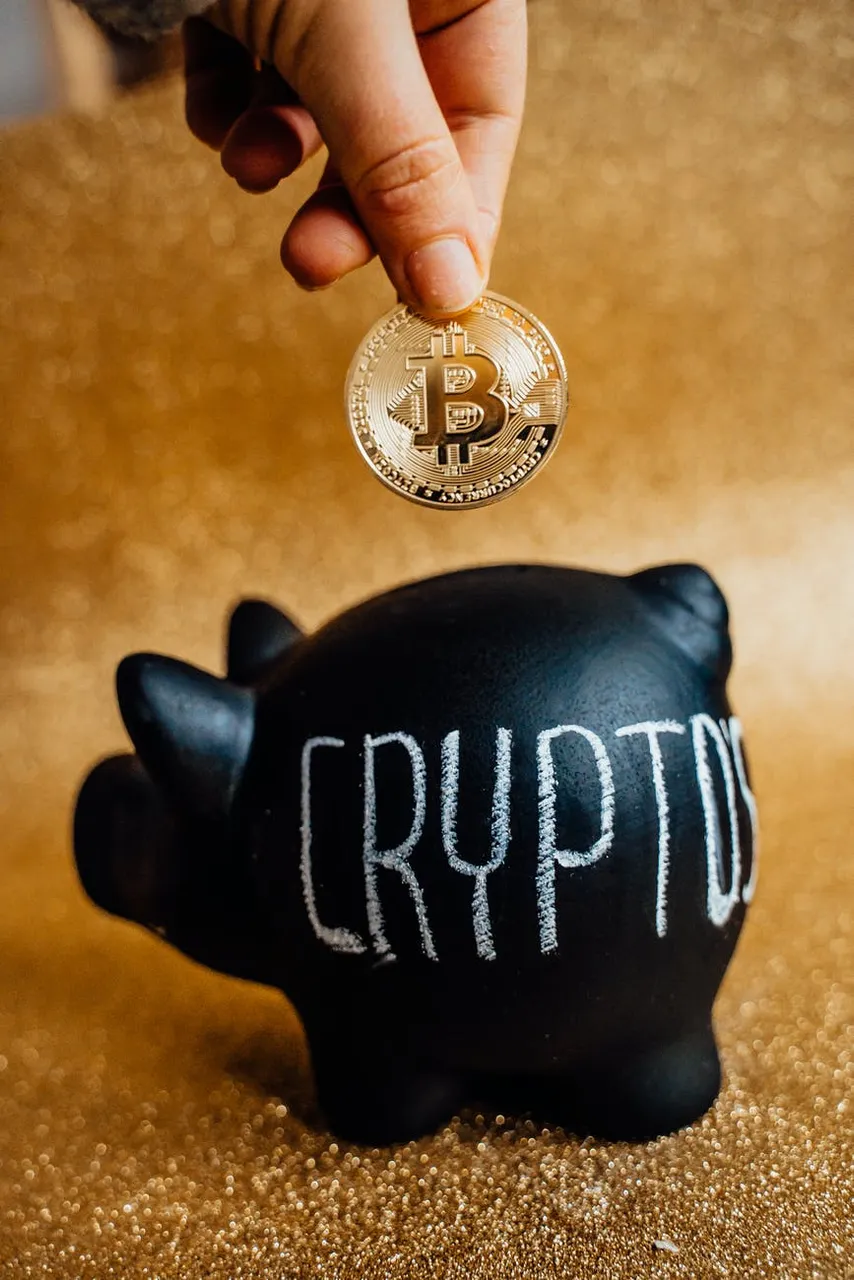}
Let's first explain what NFTs are. For most of you out there, NFTs are just this new fad that has been listed on the news. NFTs are "non fungible tokens"; this means that each NFT is a digital asset, coin, like a bitcoin, which can be transferred from one person to the other, where the NFTs themselves are kept and maintained on a public ledger system (such as a blockchain). People can freely trade them.

Most NFTs today are based on some kind of "smart contract"; meaning that they are locked to the specific blockchain and platform which they were issued on, such as OpenSea.
NFTs are hyped today, where people sell works of art for millions of dollars over these platforms (for no apparent reason) or even sell "ownership" of their tweets. This is nice, but not the real use case.
NFTs "represent" ownership. The problem is that currently, NFTs "represent" ownership, and not convey ownership by themselves. Meaning, the NFT is the registry. Whomever holds the NFT holds the ownership, but everyone else can still use the asset. While only the sucker who paid 2.9 million dollars for Jack Dorsey's tweet is the "owner" of the tweet; everyone else can still enjoy it.
Now, introducing scarcity art is not healthy. The digital revolution allowed many of us to enjoy art which was still and yet unavailable to us. Meaning, peer-to-peer networks allow sharing of music quicker than before and the discovery of new music. But, artists still need to buy a second yacht, and get a bigger private jet, so we need to support them.
Here comes the actual use for NFTs; which is yet to be implemented, because everyone enjoys playing pretend with the NFTs. This is the Digital Restriction Management, or DRM.
NFTs, basically, can be used as encryption keys. Meaning that only the person who holds the token has the encryption key to open the digital file that has the artwork that people want to enjoy.
Sounds stupid and impossible? well, it's not that different from producing just one copy of an album or painting. Take "Once upon a time in Shaolin"; this is an album produced by the Wu Tang Clan. They had made only one copy of the album and sold it to the highest bidder to enjoy. It's a part of art: being rare is what makes a lot of things so beautiful.
So, we can do the same thing when applying it to music and video streaming services. Think of having something like NFTFlilx: a service where you pay to purchase every movie you want to watch, but once you're done you can send your "physical" copy to your friend by sending the token. The token itself is the key to open the file. If you sell the movie in the secondary market, then the artist also gets his share and can now afford the additional gold plated kitchen to his yacht.
ZDnet reported earlier this month that a new platform, called RAIR, attempts to do this: manage rights over the NFT platform. It sounds like a good start and a great way to add value.
Still, the business model depends on rarity. This means that your model of business is based on the fact that only a specific number of ears would be able to listen to your music. There are, of course, other models.
NFTs can be used as a key to an apartment. Thing of a smart door which only opens when the token is presented to it. This would take AirBnb's business model and enhance it: we can control who enters the rental unit.
But that's not the only case. There are dozens of use cases to be held. The problem is, that as long as we're busy selling tweets for millions of dollars, we're pumping the next ICO craze and not the development of the tech.